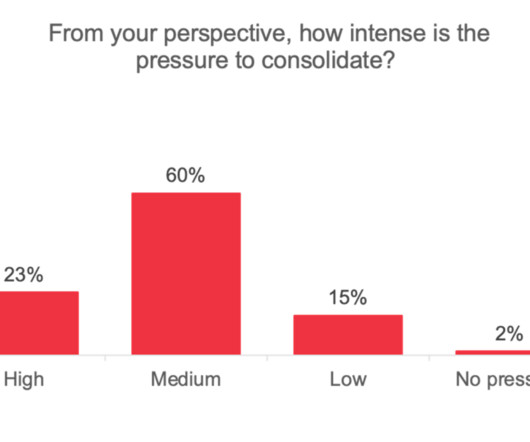Architecture Modernization Enabling Teams (AMET)
Strategic Tech
FEBRUARY 15, 2023
For example, security concerns and unreliability becoming commonplace, like the recent Southwest Airlines scheduling crisis caused by a decades-old scheduling system. Architecture modernization initiatives aim to convert aging architecture into modern architecture, applying the latest tech innovations and architectural patterns.















Let's personalize your content